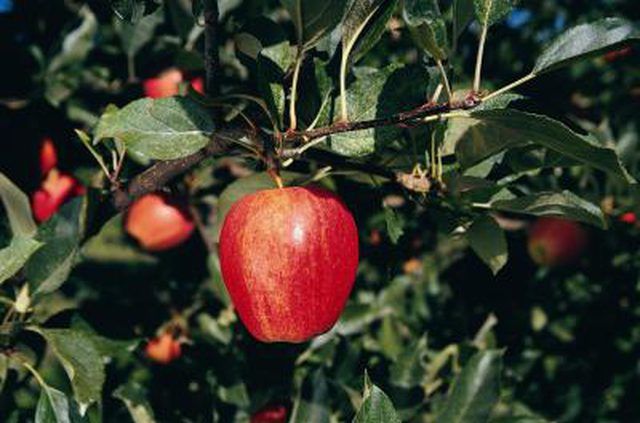Bulbs
Flower Basics
Flower Beds & Specialty Gardens
Flower Garden
Garden Furniture
Garden Gnomes
Garden Seeds
Garden Sheds
Garden Statues
Garden Tools & Supplies
Gardening Basics
Green & Organic
Groundcovers & Vines
Growing Annuals
Growing Basil
Growing Beans
Growing Berries
Growing Blueberries
Growing Cactus
Growing Corn
Growing Cotton
Growing Edibles
Growing Flowers
Growing Garlic
Growing Grapes
Growing Grass
Growing Herbs
Growing Jasmine
Growing Mint
Growing Mushrooms
Orchids
Growing Peanuts
Growing Perennials
Growing Plants
Growing Rosemary
Growing Roses
Growing Strawberries
Growing Sunflowers
Growing Thyme
Growing Tomatoes
Growing Tulips
Growing Vegetables
Herb Basics
Herb Garden
Indoor Growing
Landscaping Basics
Landscaping Patios
Landscaping Plants
Landscaping Shrubs
Landscaping Trees
Landscaping Walks & Pathways
Lawn Basics
Lawn Maintenance
Lawn Mowers
Lawn Ornaments
Lawn Planting
Lawn Tools
Outdoor Growing
Overall Landscape Planning
Pests, Weeds & Problems
Plant Basics
Rock Garden
Rose Garden
Shrubs
Soil
Specialty Gardens
Trees
Vegetable Garden
Yard Maintenance
How to Store Clippings from Apple Trees That You Are Going to Use to Graft
How to Store Clippings from Apple Trees That You Are Going to Use to Graft. Apple trees (Malus domestica) are among the many fruit trees that have a fruiting variety grafted onto their rootstock. They are hardy in U.S. Department of Agriculture plant hardiness zones 3 through 9, depending on the variety. The wood used for grafting is called a...

Apple trees (Malus domestica) are among the many fruit trees that have a fruiting variety grafted onto their rootstock. They are hardy in U.S. Department of Agriculture plant hardiness zones 3 through 9, depending on the variety. The wood used for grafting is called a scion, and it is most viable when collected from a tree in winter when it is dormant. Special care is needed to collect scion wood properly and to store it for later grafting.
Things You'll Need
Hand pruners
Rubbing alcohol
Twist ties
Self-sealing plastic bags
Moist sawdust or moist paper towels
Locate a source of scion wood. Select apple trees of known quality, and record the name of their variety. Plan to take wood only from trees that are known to be free of disease.
Snip 1/4- to 1/2-inch diameter cuttings from the midsections of long, straight shoots of the previous growing season's growth. Each cutting should be 6 to 8 inches long. Do not use a shoot's growing tip or base as grafting material.
Tie groups of cuttings from the same apple tree variety in a bundle with twist ties, and immediately place each bundle in a self-sealing plastic bag filled with moist sawdust or moist paper towels. The cuttings should be kept moist but not wet. Seal the plastic bags, and place them in a cool, dark place, such as a refrigerator or an unheated basement. Keep them in that location until you are ready to use them for grafting in spring.
Tips & Warnings
Keep scion wood cuttings oriented in the correct direction. It can be hard to tell later which way is up, and a graft will not be successful if the cutting is upside down. The cutting should be grafted in the same orientation it had on the parent tree.
Disinfect hand pruners with rubbing alcohol before and after taking cuttings in order to prevent the spread of disease.